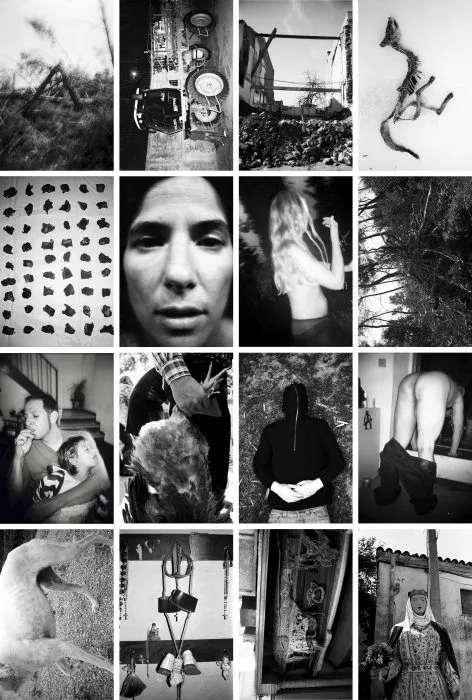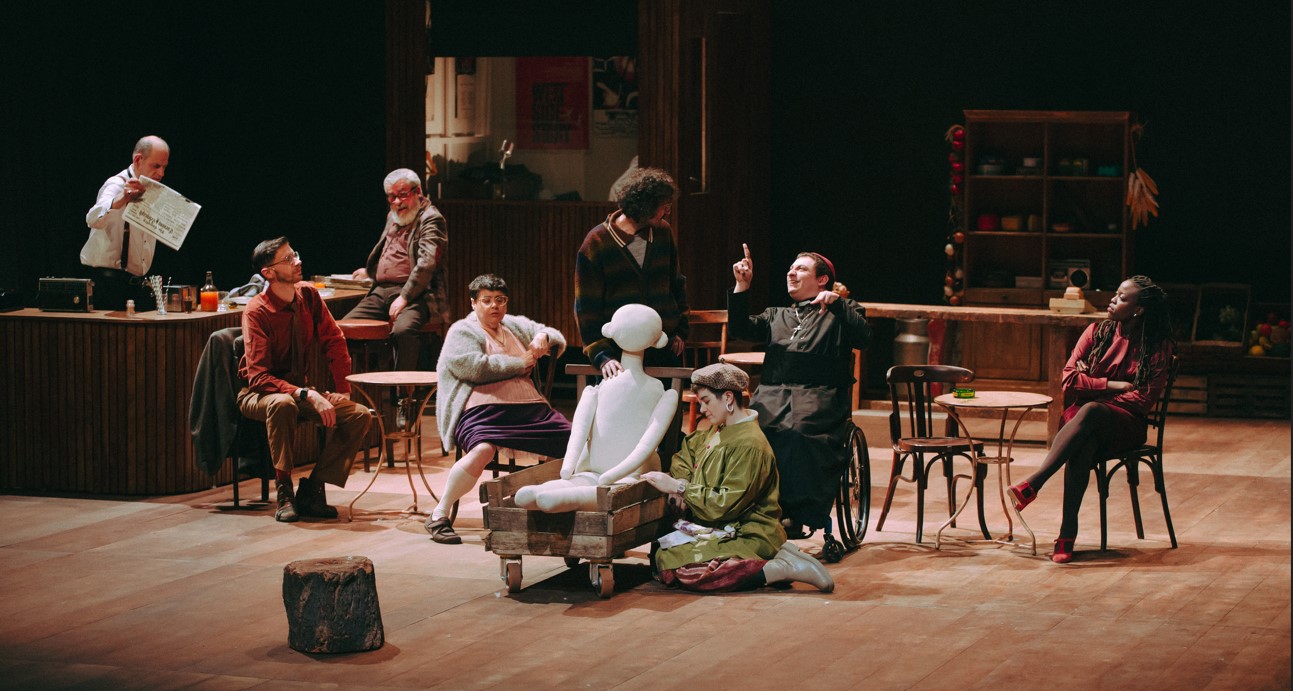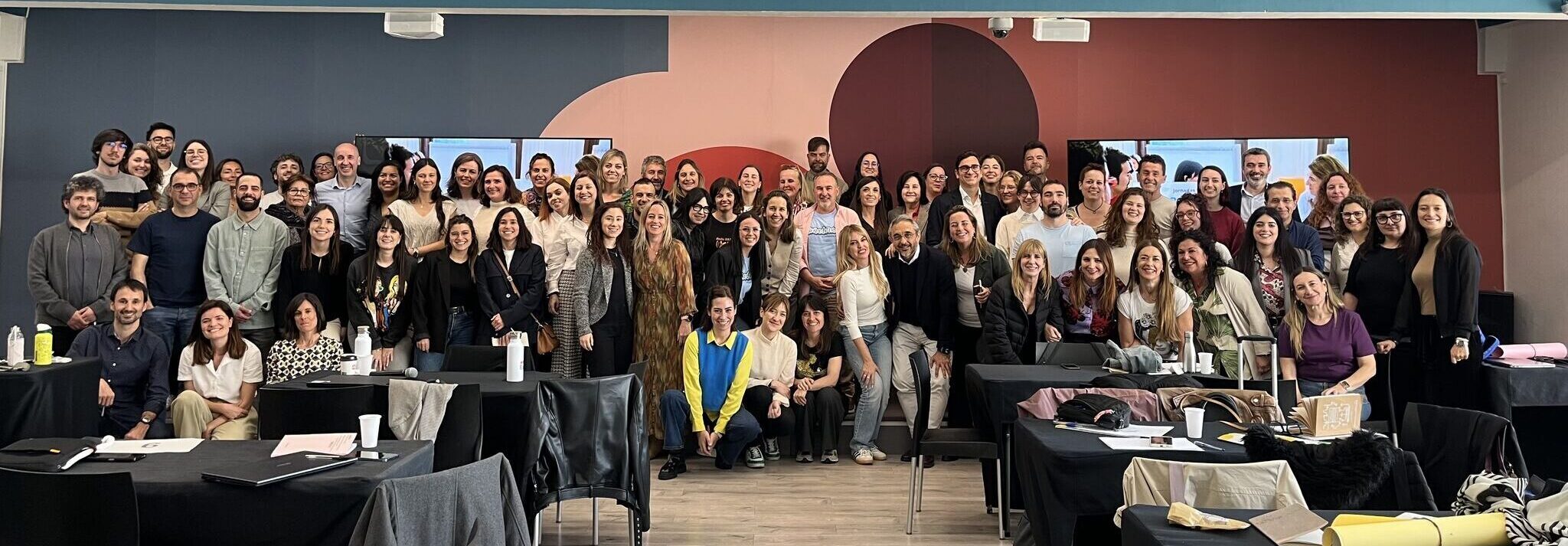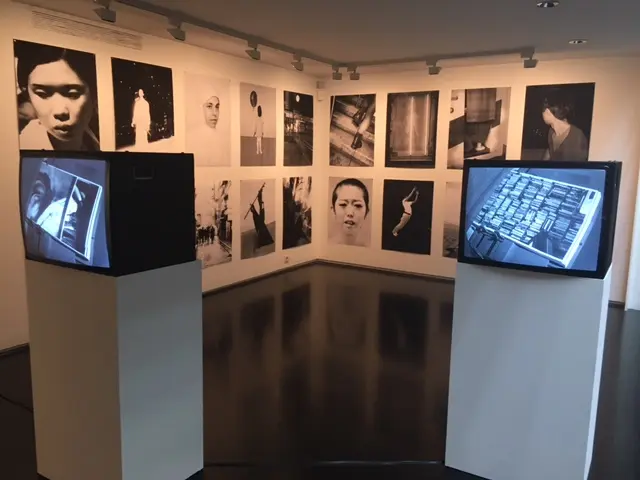
Fundación Foto Colectania opens the doors to its new exhibition, ‘I wanted to be a photographer’, a tribute to photography, its techniques and style from the point of view of up to 11 contemporary projects commissioned by Fannie Escoulen and Anna Planas. The exhibition, which is co-produced by Banco Sabadell Foundation, places a special emphasis on questions such as authorship, originality and the materiality of the image as fundamental aspects in photography today.
The exhibition invites us to think about the role of the photographer today, through questions such as where to draw a line between ownership and creation? At which point in time can we say that a photograph is original?
More about the artists
The work of the 11 authors who form part of this exhibition is a reflection of a wide variety of current photography techniques:
-Sherrie Levine: with the collection ‘After Walker Evans’ she strives to copy photographic works by this reproductions of this author, questioning the value and the aura of the photographs.
-Michael Mandiberg: ‘AfterSherryLevine.com’ and‘AfterWalkerEvans.com’ are websites which offer the possibility of downloading and freely printing the reproductions of the images together with their certificate of authenticity. It symbolises a change in authorship in the digital age.
-Mishka Henner: shows 50 images of the classic book by Robert Frank ‘The Americans’, eliminating a large part of the original content and leaving a blank space where there were faces, buildings, settings and persons. Through this series ‘Less Americains’ questions the role of photography in our culture.
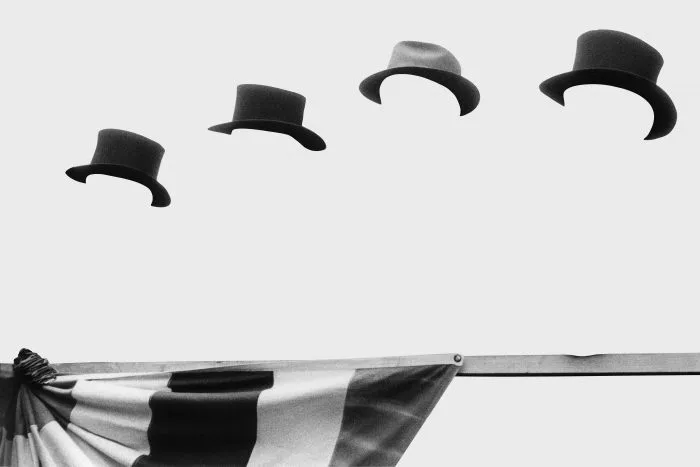
-Laurence Aëgerter: With the works ‘Cathédrales’ composed of eight photographs which show an image of a gothic cathedral by Bourges, reproducing the image of the book in its study at different times, showing the intervention of the sun and light in the cathedral.
-Oliver Sieber y Katja Stuke: With their installation ‘Fax From the Library’, composed of two monitors, images are shown which slowly disappear through a fax machine, whilst the printed images are shown in the video that the other monitor is displaying.
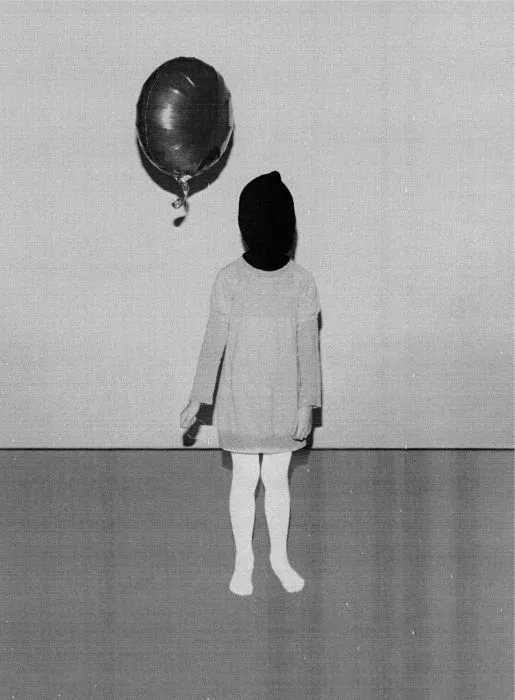
-Antoine d’Agata: The series ‘Fractal’ is based on an artist’s book created from thousands of photographs of police and anonymous prostitutes arrested in the United States. These images were collected from the internet in 2012, at a time when the artist declared they could no longer take any more photographs. It reflects the hidden nature of institutional violence in democratic, modern societies.
-Doug Rickard: shows different videos uploaded to YouTube in which he shows different comical situations and up to almost criminal acts.
-Thomas Ruff: with the series ‘Retratos’ he questions the tradition of portraits, through an analogous camera used by the police in Berlin during the 70’s. Ruff makes a reference to police vigilance in divided Germany during the violent decades of the 60’s and 70’s.
-Stéphanie Solinas: the works by this French artist deconstruct the identity of Alphonse Bertillon, inventor of identity photography with the aim of paying tribute to its protagonist. A debate is generated in the representation of photographers, offering different clues though a book, a video…images…
-Jan Hofer y Severin Zaugg: These two young Swiss artists relinquish control of images to the police and power to the visitor. Through photographs of police in Zurich at mobile speed controls, the potential of images taken in empty streets and urban settings is displayed, leading to the start of a photography series.
-Roger Guaus: the exhibition ends with this artists book, ‘I wanted to be a photographer’, which shows his personal photography archives bound into a book made up of more than 300 pages. The role of the photographer is questioned in the current context, and at the same time, it gives a name to the exhibition.
